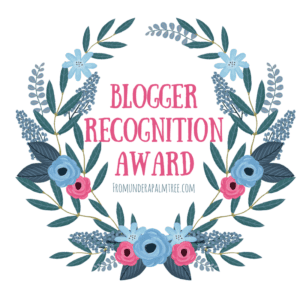
With spring officially in full swing, everyone is busy enjoying all kinds of outdoor activities. Not only are we spending time at parks and beaches, we’re also spending a lot of time in our backyards barbecuing, swimming, and gardening. Whether you’re outside enjoying your beautiful garden or even inside enjoying colorful spring potted flowers, keep in mind that some of these lovely flowering plants are poisonous to dogs and cats.

Related: 7 Reasons to Scoop the Poop
Dogs and cats are curious and will explore their surroundings with their noses and mouths. Keep a watchful eye on them or partition off areas of your yard that have these plants. In the house, keep these flowers out of reach.
Related: 7 Tips to Improve Your Environmental Paw Print
Poisonous Plants for Dogs and Cats:
Tulip: Symptoms include vomiting, diarrhea, depression, and hypersalivation. The highest concentration of toxin is in the bulb.

Daffodil: Symptoms include vomiting, convulsions, tremors, diarrhea, salvation, and cardiac arrhythmias. The highest concentration of toxin is in the bulb.

Daisy (also known as Chrysanthemum): Symptoms include vomiting, diarrhea, hypersalivation, and incoordination.

Hydrangea: Symptoms include vomiting, diarrhea, and depression.

Hyacinth: Symptoms include intense vomiting, diarrhea (possibly with blood), depression, and tremors.

Azalea: Symptoms include vomiting, diarrhea, weakness, and cardiac failure.

Begonia: Symptoms include vomiting, salvation, and kidney failure. The most toxic part of the plant is underground.

Iris: Symptoms include salivation, vomiting, diarrhea, drooling, and lethargy. The highest concentration of toxin is in the rhizomes.

Geranium: Symptoms include vomiting, depression, and dermatitis.

Lily (also known as daylily or Easter lily): Toxic to cats but non-toxic to dogs; symptoms include loss of appetite and decreased activity; causes kidney failure.

**If you believe your dog or cat has ingested one of these plants, call your veterinarian or the ASPCA Animal Poison Control Center at 1-888-426-4435.
***For a complete list of plants and flowers that are toxic to animals, visit aspca.org.
Do you have any experience with one of your pets being poisoned by plants or any tips to help avoid this happening to another cat or dog? Please let us know in the comments below.


Lisa is a mother of three lovely young women and is a new grandmother to a baby boy! She has been married to her high school sweetheart for more than thirty years. Lisa is originally from Dearborn Heights, Michigan, but has lived in the Tampa Bay area since 1984. Running a small business for over 25 years and raising a family has made for a busy, busy life with many ups and downs; it’s definitely been an adventure.
Lisa’s always involved in one project or another whether it’s work related or serving her community. She also recently went back to school to finish her bachelor’s degree in American Studies. Lisa tries to make every day a good day—that means learning something new, practicing kindness, and enjoying the present moment.





Oh my gosh! I did not know this! Keeping this in mind also while planting the flower beds where our dogs hang out! Thanks for sharing!
You’re very welcome!! :)!
We don’t have pets but my mom does! I will definitely be sharing this list with her!
Oh wow, I did not know some of these! Definitely a great post – thank you!
-Jennifer
https://maunelegacy.com
Wow, so good to know! I had no idea!!
I didn’t know this! Thanks for the post! I have cats in my home.
wow! i would have never known. thanks for the info!